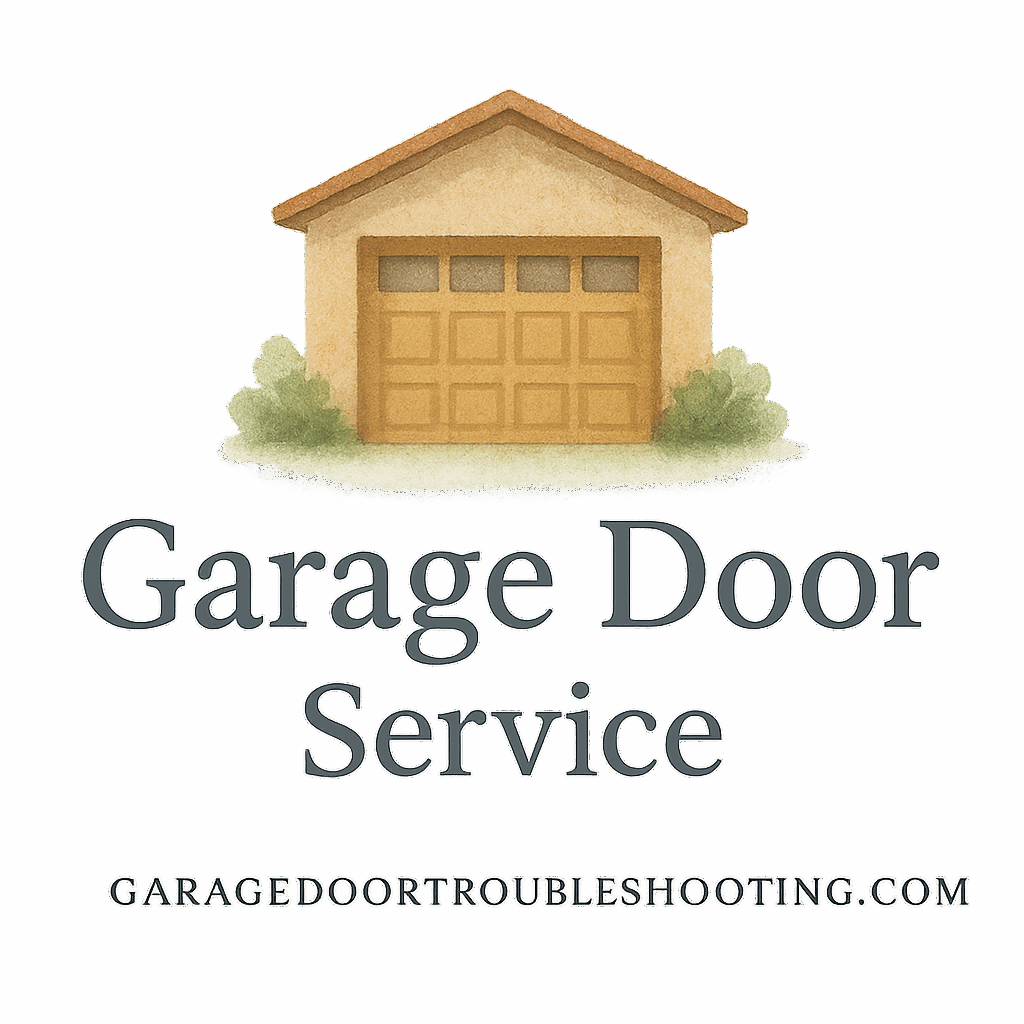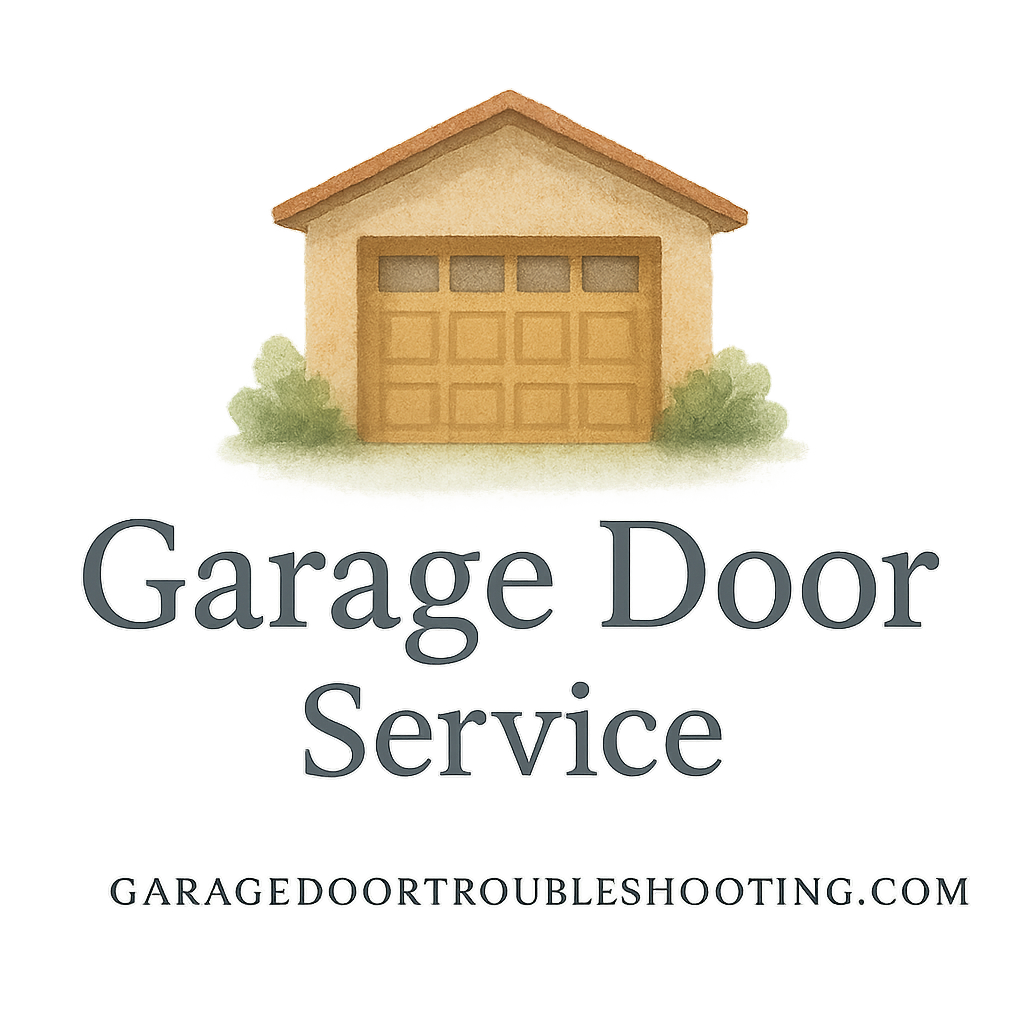Installing a new garage door can feel like a mountain of expenses crashing down all at once. But don’t worry—you can absolutely make it budget-friendly without compromising quality. In this guide, we’ll walk through 5 budgeting tips for garage door installation that every homeowner should know. We’ll keep it real, easy to follow, and yes, you’ll walk away with your wallet (mostly) intact.
Why Budgeting Matters for Garage Door Installation
Budgeting isn’t just about pinching pennies—it’s about planning smart. A garage door isn’t just an entry point; it’s part of your home’s security, style, and even insulation. Making a rushed or uninformed purchase could cost you more in the long run.
If you’re still in the planning phase, start here: Garage Door Installation Advice.
Tip #1: Know Your Garage Door Types and Prices
Not all garage doors are created equal—neither are their prices.
Steel, Wood, Aluminum – What’s the Cost?
Let’s break it down:
- Steel doors: Durable and affordable, typically between $500–$1,500.
- Wood doors: Classic, high-end look but costlier, ranging from $1,200–$4,000+.
- Aluminum: Lightweight and rust-resistant, prices start around $700.
This choice alone can have a huge impact on your budget. For a full breakdown, check out the garage door buying guide.
Style Matters: Traditional vs. Custom Designs
A basic paneled door? Budget-friendly. A custom carriage-house style with windows? That’s going to cost more. Stick to simple if you’re trying to save.
Tip #2: Compare Quotes from Multiple Professionals
Never settle for the first quote. Ever.
How to Vet Garage Door Installation Providers
Use sites like Garage Door Services Professionals to find certified and reviewed contractors. Ask about experience, licenses, warranties, and timelines.
What’s Included in the Price?
Some quotes seem lower—until you find out they don’t include hardware, track systems, or openers. Make sure you’re comparing apples to apples.
Explore more on garage door repair and installation guides to understand what’s usually bundled.
Tip #3: Plan for Hidden Costs
Spoiler: The sticker price isn’t the final price.
Removal of Old Doors
Most installers charge $100–$200 to take down and dispose of your old door. Don’t forget to ask about this.
Hardware, Openers, and Safety Features
Your budget must also account for:
- New garage door openers ($150–$500)
- Tracks and springs
- Safety features (mandatory in some states)
These add-ons aren’t always optional—especially if you’re prioritizing garage door safety and security.

Tip #4: DIY vs. Professional Installation – Which Saves More?
Tempted to DIY? You might want to rethink that.
Risks of DIY Garage Door Installation
Garage doors can weigh up to 300 lbs. One wrong move, and you’re dealing with dangerous repairs, or worse, hospital bills. It’s not worth it.
Read more about DIY tips and dangers and dangerous repairs.
When a Professional is Worth It
Paying a pro might cost more upfront—but saves headaches and cash down the road. You get it done right the first time. See advice from the garage door professional network.
Tip #5: Consider Long-Term Savings and Maintenance
Think long game, not just installation.
Energy Efficiency & Insulated Doors
Insulated garage doors may cost more, but they lower your heating/cooling bills. That’s money saved every single month.
This is especially smart for attached garages. You’ll find more on this under homeowner tips.
Maintenance Plans That Save You Money
Consider a garage door maintenance plan. Regular upkeep:
- Prolongs door life
- Prevents costly repairs
- Maintains safety
Need some tips? Visit Garage Door Maintenance Tips.
Final Thoughts on Garage Door Installation Budgeting
Installing a garage door doesn’t have to bust your budget. With smart planning, comparison shopping, and a good grasp on the true costs, you can upgrade your home without emptying your savings.
Whether you’re going DIY (carefully!) or hiring pros, don’t overlook the power of energy efficiency and preventive care. Plan well today, and your garage door will serve you for years to come.
Stay safe and budget smart—your garage (and wallet) will thank you.
FAQs About Budgeting for Garage Door Installation
1. What’s the cheapest garage door material?
Steel is typically the most affordable and durable option, especially for standard models.
2. Can I install a garage door myself to save money?
You can, but it’s risky. Unless you’re experienced, the dangers outweigh the savings. Read more about DIY risks.
3. How much should I budget for a new garage door installation?
Plan for $700–$2,500 depending on materials, design, labor, and extras.
4. Are maintenance plans worth the money?
Absolutely! A garage door maintenance plan can prevent bigger repair costs later on.
5. Do all quotes include the opener and hardware?
Not always. Clarify what’s included before signing anything.
6. How do I find trusted garage door service providers?
Start with Garage Door Services Professionals to locate vetted experts in your area.
7. What hidden costs should I look out for?
Look for removal fees, opener installation, track systems, and necessary safety upgrades.


